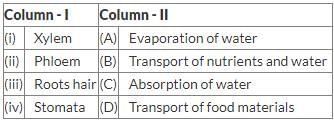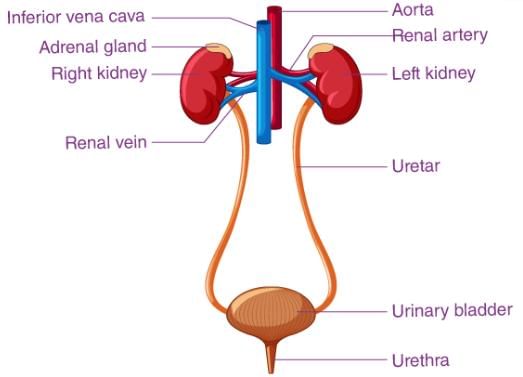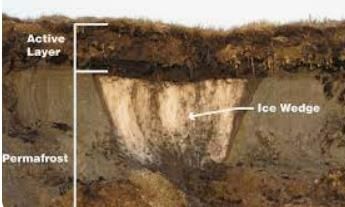UPPSC Prelims (GS I) Mock Test - 3 - UPPSC (UP) MCQ
30 Questions MCQ Test UPPSC Mock Test Series 2026 - UPPSC Prelims (GS I) Mock Test - 3
Leh region is a cold desert because:
- It is out of reach of the monsoon winds as it is surrounded by lofty mountains.
- Monsoon winds dry up by the time they reach Leh region.
What is the requirement to abolished legislative council of any state?
Which of the following is commonly referred to as 'Ozone Hole'?
What material have Indian scientists used to create eco wound dressings?
What are the Primary Goals of Sustainability?
I. The end of poverty and hunger
II. Better standards of education and healthcare - particularly as it pertains to water quality and better sanitation
III. To achieve gender equality
IV. Sustainable economic growth while promoting jobs and stronger economies
Consider the following statements:
- The Executive Power of the Union of India is vested in the Prime Minister.
- The Prime Minister is the ex officio Chairman of the Civil Services Board.
Which of the statements given above is/are correct?
Which district of U.P. has experienced the highest population decadal growth between 2001 and 2011?
The three-tier system of local government does NOT include the _________.
Which one of the following is part of fiscal policy?
Which of the following statements about Mahatma Gandhi's Satyagraha is/are correct?
- It was during the course of his campaign against racialism in South Africa that Gandhiji first applied Satyagraha
- The two vital ingredients of Satyagraha are 'truth' and 'non-violence'
- The Satyagraha resists evil by inflicting suffering on himself and not by inflicting suffering in the opponent
- In India, Satyagraha was first tried by Gandhiji in Champaran
With reference to forced labour (Vishti) in India during the Gupta period, which one of the following statements is correct?
Consider the following statements.
- According to the Constitution of India, a person who is eligible to vote can be made a minister in a State for six months even if he/she is not a member of the Legislature of that State.
- According to the Representation of People Act, 1951, a person convicted of a criminal offence and sentenced to imprisonment for five years is permanently disqualified from contesting an election even after his release from prison.
Which of the statements given above is/are correct?
Consider the following statements with respect to the Basholi school of paintings :
1. The most popular theme of Basohli painters was the Rasamanjari of Bhanu Datta.
2. It is characterized by the strong use of primary colours.
Which of the statements given above is/are correct?
Identify the correct sequence of the human excretory system in the correct order based on the passage of urine.
H.C. Chatterjee, M.A. Aiyar and Lakshmi Swaminathan were associated with the
In which of the following district of Uttar Pradesh, National Seed Research and Training Centre (NSRTC) is located?
Consider the following statements.
1. Marco Polo visited the Pandyas kingdom.
2. The provinces of Chola kingdom were divided into valandus.
3. Kambana translated the Ramayana into Tamil language under the regime of Chola kingdom.
Which among the above statements is/are correct?
Which of the following are the objectives of the Public Distribution System?
1. To ensure equitable distribution of food grains.
2. To reduce the prices of essential commodities in the open market.
Choose the correct code.
Which one of the following options correctly matches column - I to that of column - II?

What initiative has the Uttar Pradesh government launched to support young entrepreneurs?
In which year was the UP Fire and Emergency Services established?
What was the total value of the development projects recently inaugurated in Sonbhadra by the Minister of Housing & Urban Affairs?
What is the main purpose of the Pradhan Mantri Gram Sadak Yojana (PMGSY)?
Which districts in Uttar Pradesh are primarily targeted for the installation of Telemetric Weather Stations (TWS) to monitor drought conditions?
What is the primary purpose of Section 144 of the Code of Criminal Procedure (CrPC) as imposed in Lucknow recently?
What feature of the Trinetra app 2.0 enhances the capabilities of law enforcement in Uttar Pradesh?
Which recent appointment has the Uttar Pradesh government made concerning the Home Secretary position?
How many phases will the Lok Sabha elections in Uttar Pradesh occur, according to the announced schedule?
|
2 docs|37 tests
|
















